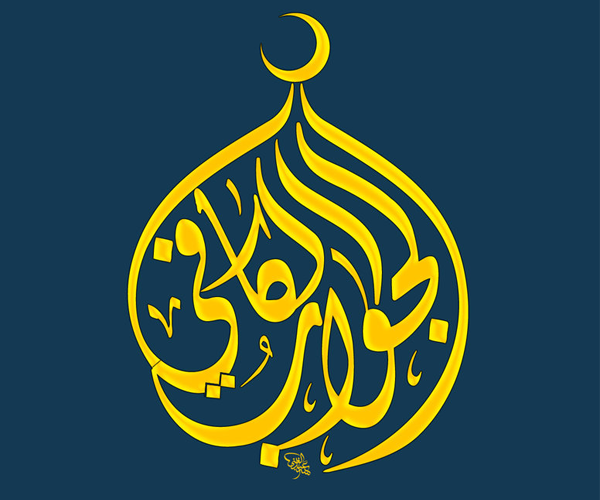
Arabic calligraphy has a rich history and its mostly embedded in the idea that there is a deeper meaning within each word that has come to be. Sometimes it's the way each Arabic word is pronounced and how each letter is received, on average it's more important to be mindful of the different Arabic calligraphy methods that exist and why they are used.
Calligraphy can be found in different kinds of wall art, instead of being drawn calligraphy is often seen to be carved on surfaces of wood and metal. Doing so gives each calligraphy a unique 3-dimensional look and feel, increasing its aesthetic appeal. Calligraphy is often pretty much complex, carving down the chosen surface takes precision and more importantly it is all about the final vision, the idea of what the art represents.
On average it's essential to be more frugal about what it is that each piece of calligraphic art aims to become, the artist is more concerned with the notion of the bigger picture that the art seeks to profess as opposed to what the outsider can think.
To properly understand any kind of specific style it's much more important to be very much frugal about the overall positive impact of each technique within Arabic calligraphy and how they are put together.
The diversity within Arabic calligraphy can be seen in the fact that it has a different approach to each and every sort of style that it intends to convey through its art and is more likely to be seen as a one of its kind niche product.
Let's explore each category in detail:
Arabic calligraphy in the Kufic style is one of the ancient types. It is distinguished by its geometric and angular shapes. The Quran was frequently copied in the Kufic script, which is still visible in early Islamic architecture.
The calligraphic style known as Naskh is one of the most popular. It is well-regarded for having rounded, fluid letters that are quite legible. Words in books, official papers, and ordinary handwriting are frequently written in naskh.
Calligraphy in the Thuluth style is very ornamental and is frequently utilized for artistic and monumental inscriptions. It is renowned for its verticality-heavy letterforms that are lengthy and graceful.
Diwani calligraphy was created throughout the Ottoman era and is a sophisticated and elegant style. There are lengthy horizontal linkages between the letters and complex letterforms. A lot of official and diplomatic papers feature Diwani calligraphy.
Ruq'ah calligraphy is a condensed and streamlined form of calligraphy. Because of its small and connected letters, it is appropriate for hurried writing. Ruq'ah is a style of handwriting that is frequently used in casual settings.
Calligraphy in the style known as Thuluth Jali is more open and ornamental than traditional Thuluth calligraphy. It can be found in ornamental tiles as well as other architectural components and is frequently utilized for large-scale artworks.
Arabic wall arts are in the market due to specific reasons;
Appreciation of Culture is the basic reason why Arabic wall art enables people to commemorate and value Arabic heritage. It can be used to portray Arabic calligraphy visually, with a long and distinguished tradition in Islamic art.
Arabic calligraphy is renowned for its elaborate and aesthetically pleasing designs. Arabic wall art is popular among individuals who want to decorate their homes because they find it to be visually pleasing.
A verse from the Quran is frequently included in Arabic wall art, which has profound spiritual and religious significance for Muslims. Showing these verses can encourage people spiritually and act as a reminder of their faith.
Personal Connection makes Arabic wall art provide people with Arabic ancestry or a passion for Arabic culture and language or a feeling of closeness to their heritage. They are able to show off who they are and make a special place for themselves.
Multicultural décor: People from many ethnic origins who have an interest in incorporating various styles and inspirations into their home décor can also enjoy Arabic wall art. It gives any place an unusual and international feel.
Wall arts take the form of calligraphy of abstract forms and even more so it takes the form of letters and words formed together in bends and lines in all ways possible. Wall art has had significant demand in the past few years as the amount of awareness regarding decor sophistication increased.
Wall arts have a very neat and sophisticated goal which makes it even more appealing that they give away to the class. People these days focus more often than not on the idea of appeal and neatness rather than just being a piece of craft. Hence it's more often than not a very interesting aspect than any other thing.